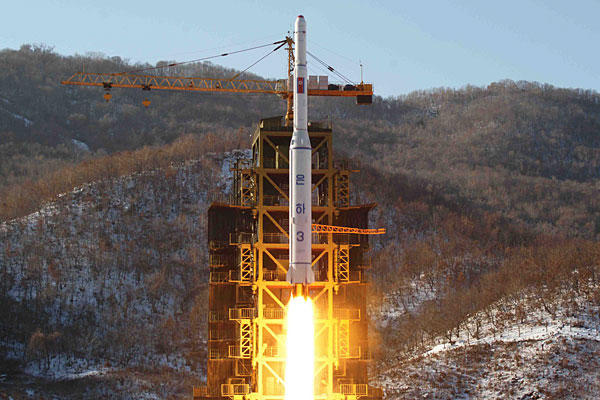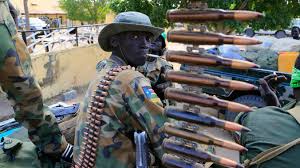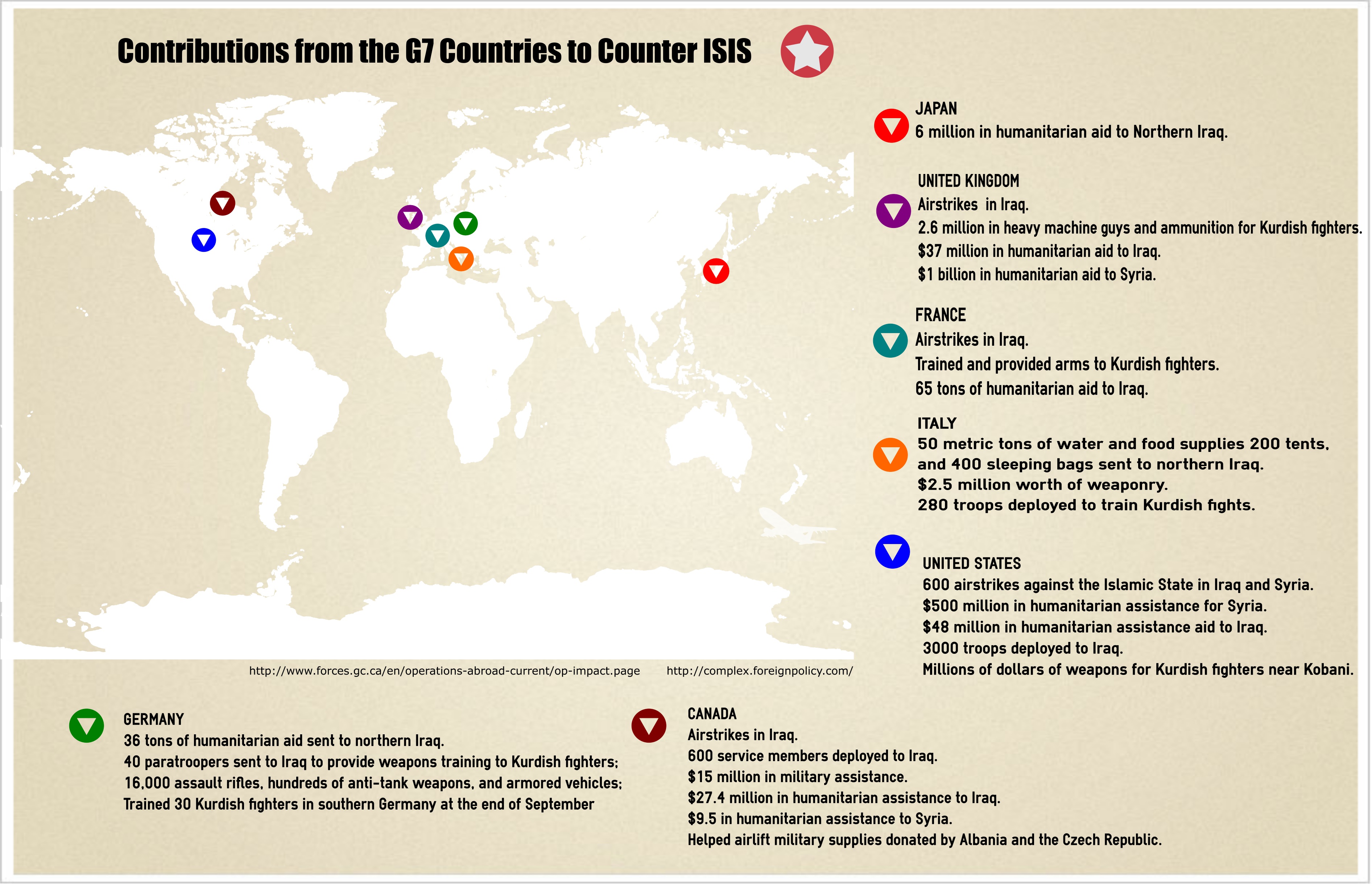On July 3, 2014, Chinese president Xi Jinping and South Korean president Park Geun-hye met in Seoul to discuss bilateral trade, but also took the opportunity to jointly condemn North Korea’s nuclear weapons program. They expressed their views in different terms, with Xi calling for the denuclearization of the entire Korean peninsula to avoid singling out North Korea, which has traditionally been a strong ally of China. However, the message remained the same: regional security and stability can never be fully achieved as long as North Korea possesses nuclear weapons. Park’s condemnation of the Democratic People’s Republic of Korea’s (DPRK) nuclear ambitions is nothing new, though China’s ramped up rhetoric is notable; and even more significantly, this is the first time a Chinese leader has made the trip to Seoul before first visiting Pyongyang. As minor as it may seem, this schedule is a symbolic show of solidarity with South Korea at the expense of the DPRK.

As the Seoul meeting demonstrated, China and South Korea will hope to set the stage for renewed negotiations over the DPRK’s nuclear program, which have been put on hold following the state’s testing of a long-range rocket in April, 2012. Only months earlier, the new regime under the leadership of Kim Jong Un appeared ready to move forward with negotiations, but since the 2012 launch the DPRK has only become more hostile, as the state conducted its third nuclear test in February, 2013, and has continued to test short- and long-range missiles.
Since the Six Party Talks began in 2003 between the US, Russia, China, South Korea, Japan, and North Korea, little progress has been made on denuclearization. There has been a continuous pattern of minor advances followed by major setbacks, which are almost entirely a result of North Korea’s erratic behaviour or complete refusal to cooperate with any of the parties. While the exchange between Xi and Park may be a step towards initiating a new dialogue, considering the lack of success the past decade of negotiations has produced, the parties do not have a lot to be optimistic about. Continued advances of North Korea’s nuclear program are a significant security issue not only for its East Asian neighbours, but for the US as well, and though the DPRK’s arsenal pales in comparison to that of the US or Russia, the regime’s program is still impressive nonetheless.
Nuclear Origins
Following the Second World War, North Korea began developing its nuclear program in the 1950s with assistance from the Soviet Union. Moscow played an important role in the early development of North Korea’s nuclear program by establishing research institutes in the DPRK and providing technical assistance. After initially relying on Soviet help to advance its nuclear program, North Korea began to independently expand both its civil and military nuclear capabilities. Throughout the 1970s and 1980s, North Korea built facilities allowing for the production of yellowcake uranium and fuel rods and constructed more advanced nuclear reactors. In conjunction with these advances, North Korea agreed to sign the Nuclear Non-proliferation Treaty (NPT) in 1985 in exchange for Soviet support in constructing a light water reactor.

In 1992, North Korea agreed to follow the International Atomic Energy Agency (IAEA) safeguards and subsequently allowed for IAEA inspections of its facilities in 1993. However, inspectors were prohibited from visiting two suspicious nuclear waste sites and the IAEA called on the Security Council to give inspectors the authority to proceed. In response, North Korea threatened to withdraw from the NPT, but the US stepped in to mediate and a settlement was reached in which North Korea would consent to inspections and freeze operations at its nuclear reactors in return for international assistance in constructing two light water power reactors. This settlement, in which the US would also provide North Korea with 500,000 tons of oil per year until 2003, came to be known as the Agreed Framework, and kept North Korea in the NPT for the time being.
Despite the conditions in the Agreed Framework prohibiting North Korea from continuing its nuclear program, in 2002 it became apparent that North Korea might be secretly trying to obtain highly enriched uranium (HEU). Washington confronted the regime on its illegal HEU program and suspended oil shipments, to which North Korea responded by expelling all IAEA inspectors and withdrawing from the NPT in 2003. Within months of withdrawing from the NPT, North Korea restarted its nuclear reactors and in April, 2003, the regime finally declared that it had nuclear weapons.
Since the Six Party Talks began in August, 2003, North Korea has made promises to abandon or curtail its nuclear program in exchange for aid or sanction relief, however each time a promise is made, the DPRK breaks it, inviting further sanctions. In October, 2006, the DPRK officially became the world’s eighth nuclear-armed state after conducting its first nuclear test. A second test came in 2009 and a third more recently in 2013, the first test under the leadership of Kim Jong Un. Since talks collapsed in 2008, there has been no successful attempt to bring North Korea back to the negotiating table, and the regime continues to test its missile capabilities and expand its nuclear program unabated.
Mighty or Meagre?

The details on North Korea’s nuclear stockpile are unverified, but based on estimated plutonium production it is suspected that the regime has between 4 and 8 nuclear bombs. Though the state may have created nuclear weapons, it is unlikely that North Korea has developed all of the elements necessary to be a significant nuclear threat, which includes creating a viable launch platform and building long-range missiles. However, North Korea launched a rocket in 2012, which despite the regime’s claim that the purpose of the launch was to put a satellite into orbit, many observers saw as a guise for testing advances in long-range missile capabilities. The launch was successful, but a rocket launch only indicates that North Korea has the ability to fire objects into orbit, and the DPRK is still a long way away from developing the technology needed for re-entry and accurate targeting. As such, although North Korea has nuclear weapons, it does not have the ability to attack the continental US with a nuclear warhead.
Still, the regime has a stockpile of short- and medium-ranged missiles that are capable of reaching its regional adversaries, leaving South Korea and Japan particularly vulnerable. Furthermore, there is some speculation that North Korea has been able to miniaturize its nuclear warheads to a size that allows them to be mounted on ballistic missiles. If this is true, it is a significant advancement in North Korea’s nuclear capabilities and poses a potential threat to its wary neighbours. Even if all the pieces are not yet there, any advances in the regime’s nuclear program puts it that much closer to developing nuclear-armed missiles, which would have significant implications for regional security.




